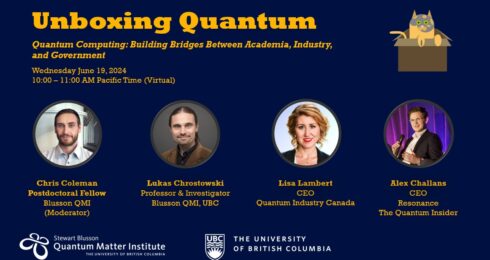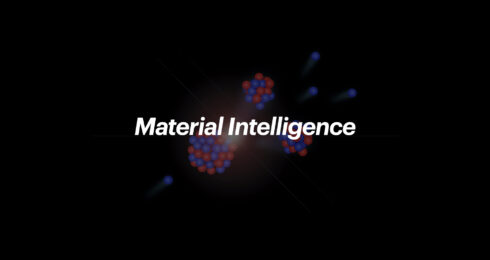The construction of this ultra-low-noise facility specifically designed for three UHV low-temperature scanning probe microscopes, each with different capabilities, was completed in June 2012 with the first two instruments moved in through July and September of that year, with the third instrument presently under construction. This facility is unique within Canada, and one of a handful in the world striving for extreme isolation from both seismic and acoustic disturbances for low-noise scanning probe microscopy and spectroscopy measurements. This low noise environment allows the measurement of spectroscopic images (where tunnelling spectroscopy or other point-wise measurements are acquired at each pixel of an image). Such “4-dimentional” imaging methods provide a wealth of information, for example allowing the nanoscale mapping of superconducting gaps [1] and information regarding the electronic dispersion extracted from scattering measurements [2, 3]. The three instruments each have different capabilities: a 4K STM optimized for spectroscopic imaging, a 4K STM/AFM with optical access to the tip-sample junction for combined SPM and optical spectroscopy, and a 30mK high magnetic field STM capable of electronic pump-probe measurements. This spread of capabilities enables investigation of a wide range of materials and properties.
The new facility has yielded a significant improvement in data quality that can be obtained. This has already proven a productive environment with measurements on superconducting LiFeAs and YBCO, graphene, molecular acceptor-donor pairs and metal-ligand coordination structures all underway and showing great progress.
[1] Scanning Tunneling Spectroscopy of Superconducting LiFeAs Single Crystals: Evidence for Two Nodeless Energy Gaps and Coupling to a Bosonic Mode, S. Chi at al., Phys. Rev. Lett. 109, 087002 (2012)
[2] Quantifying many-body effects by high-resolution Fourier transformscanning tunneling spectroscopy, S. Grothe at al., Accepted for publication in Phys. Rev. Lett.
[3] Sign inversion in the superconducting order parameter of LiFeAs inferred from Bogoliubov quasiparticle interference, S. Chi at al., To be submitted to Phys. Rev. B.


